| Hollywoodland | Dec 23 2023 |

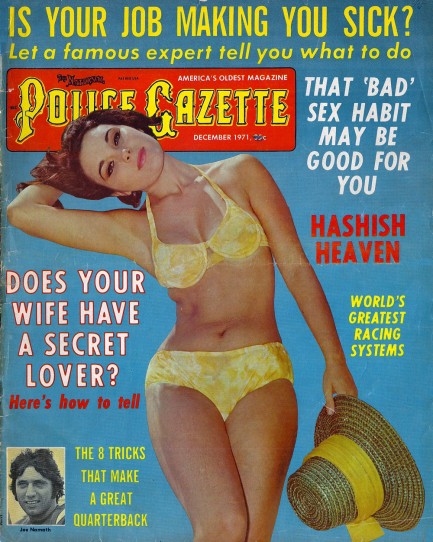
Sean Connery made as many appearances in sixties and seventies tabloids as just about any celeb of his time period, so here he is again in an article promoting his role in Diamonds Are Forever, which would premiere just a couple of weeks after this December 1971 National Police Gazette hit newsstands. we talked a bit about the source novel for the film, and author Ian Fleming's troubles with his publishers. It's interesting, so check here if you wish.
In Gazette, Connery speaks of his futile struggle to portray James Bond as a balding hero, and quips about making his stylist thin his wigs so there was almost no point in wearing them at all. Connery said about Bond’s aging, “No one is immortal—not me, not you, and not James Bond.” It was a commendable sentiment, but naïve. Seems as though Connery didn’t realize United Artists had already branded Bond well beyond the point where the character was tethered to any concept of aging.
The studio proved that when it brought the much younger Roger Moore on the scene for 1973’s Live and Let Die. Moore would later give way to Dalton, who gave way to Brosnan, who gave way to Craig, as Bond himself remained eternally forty-ish through the passing years. Elsewhere in the Gazette you get a report on the hash capital of the world, the world’s greatest racing systems, and the usual assortment of random beauties in bathing suits. All that, plus hashish toasted cheese, below.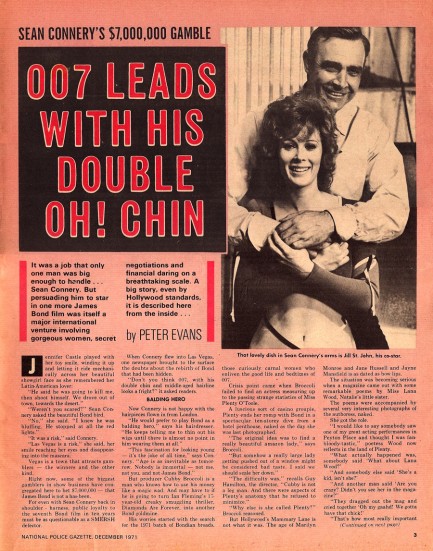
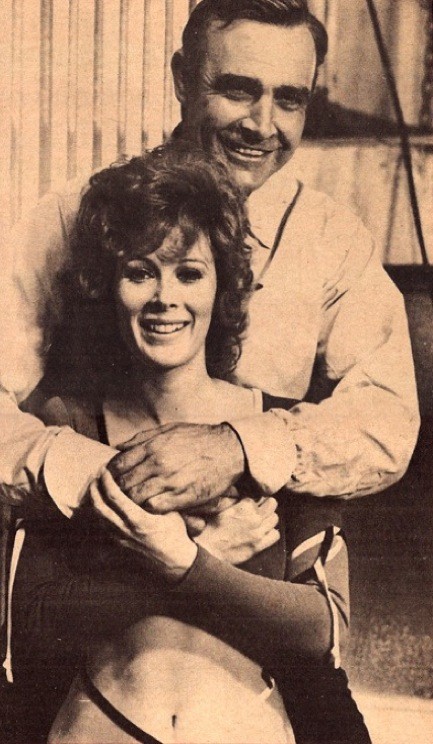
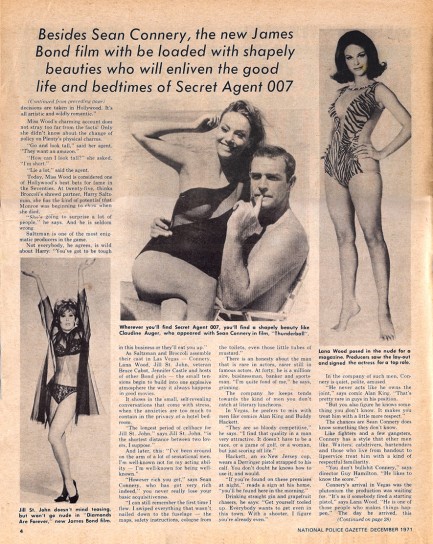
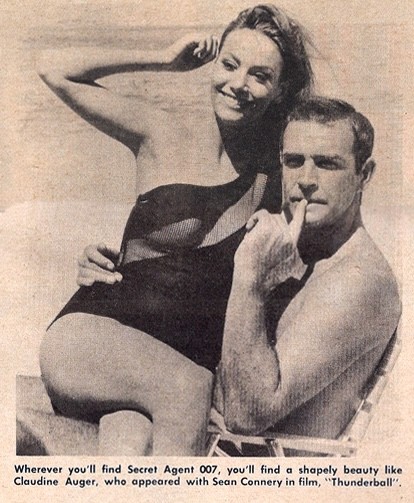
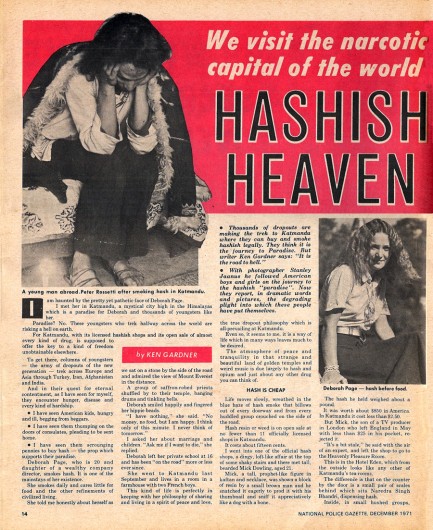



| Vintage Pulp | May 8 2019 |

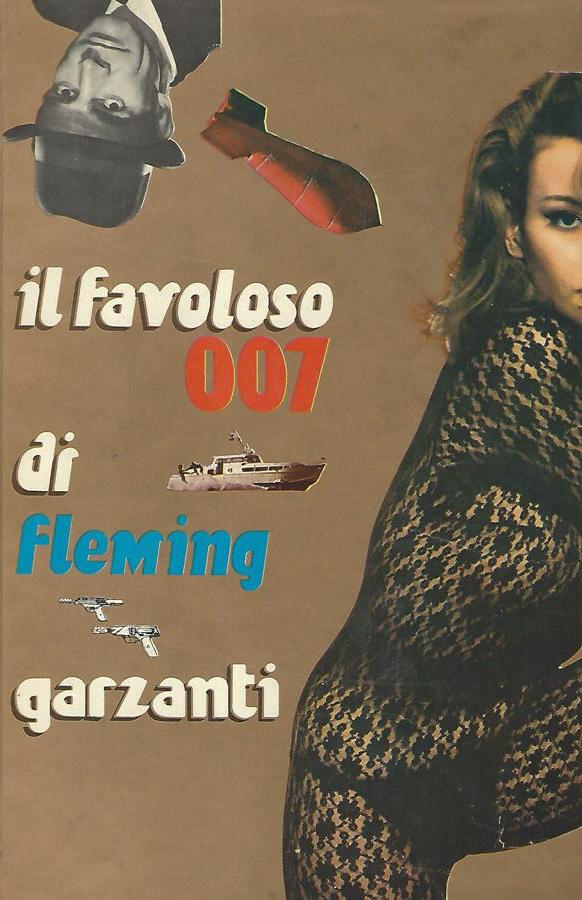
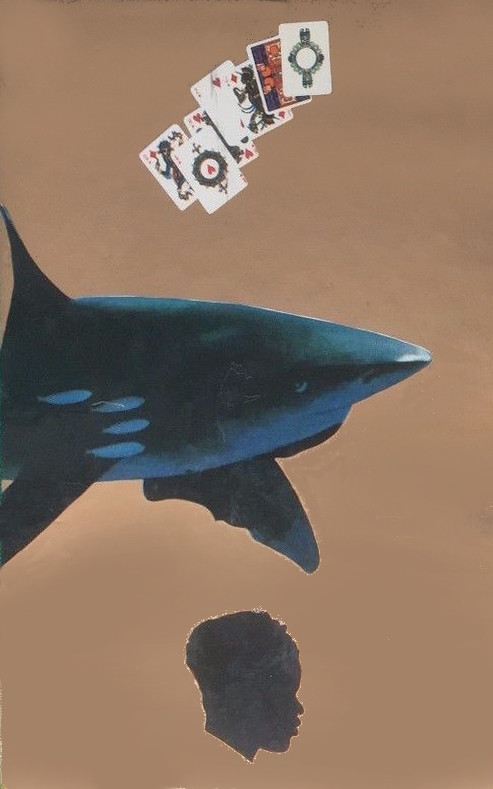 Here's a little something to add to the Ian Fleming bin. This is Il favoloso 007 di Fleming, published in Italy in 1973 by the Milan based company Garzanti. It's a compendium of the four James Bond novels Casinò Royal, Vivi e lascia morire, Il grande slam della morte, and Una cascata di diamanti, better known as Casino Royale, Live and Let Die, Moonraker, and Diamonds Are Forever. The cover for this is great, we think, and as a bonus the interior also contains some black and white photos.
Here's a little something to add to the Ian Fleming bin. This is Il favoloso 007 di Fleming, published in Italy in 1973 by the Milan based company Garzanti. It's a compendium of the four James Bond novels Casinò Royal, Vivi e lascia morire, Il grande slam della morte, and Una cascata di diamanti, better known as Casino Royale, Live and Let Die, Moonraker, and Diamonds Are Forever. The cover for this is great, we think, and as a bonus the interior also contains some black and white photos.
| Vintage Pulp | Oct 15 2018 |

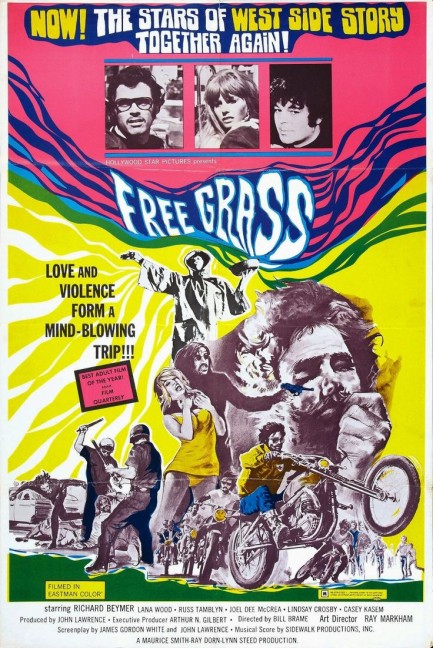
At one point Beymer, besieged by psychedelic lights and seriously bummer vibes, puts his fists to his temples and reels as if his head might explode. That's how we felt: “Why? Why? Why is this happening to us?” We count ourselves lucky not to have flung ourselves off our balcony before the credits rolled. But like all bad trips this one finally ended, and we hope to make it through our remaining years without flashbacks. Free Grass premiered in the U.S. in Detroit, Michigan today in 1969—and the city still hasn't recovered. But at least Lana is here to remind us there's goodness and beauty in the world. Choose life.

| Vintage Pulp | Apr 29 2015 |

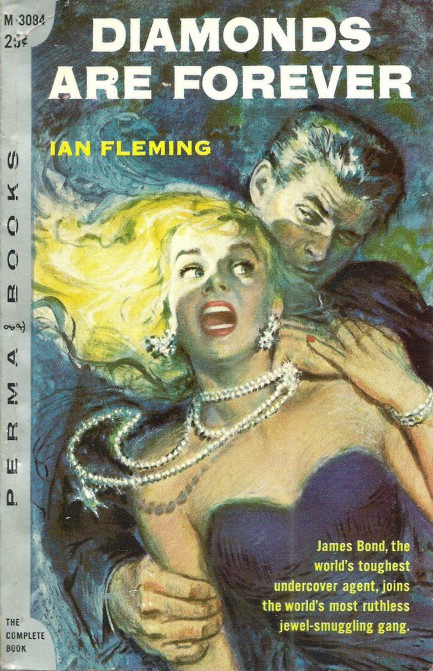
Ian Fleming was not an author to be trifled with. We talked about how he shifted the rights for Casino Royale from Popular Library to Signet. Well, here we go again. The above 1957 Perma paperback of Diamonds Are Forever with excellent William Rose cover art is rare because Fleming shifted the publishing to Signet after Perma changed the title of Moonraker to Too Hot to Handle. Since this happened after the Casino Royale fiasco you’d think the editors would have known better.
| Hollywoodland | Dec 27 2011 |

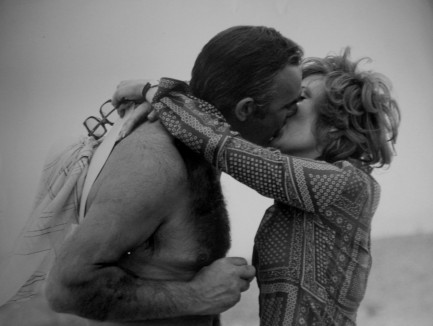
This cute shot seems like a nice adjunct to our post yesterday. It shows Sean Connery and Jill St. John enjoying a smooch on the set of Diamonds Are Forever. Their love scene in the film did not occur in this setting, and of course, neither actor would have worn glasses in the film, so this looks like extracurricular activity to us. They both get an A+.
| Musiquarium | Oct 25 2011 |

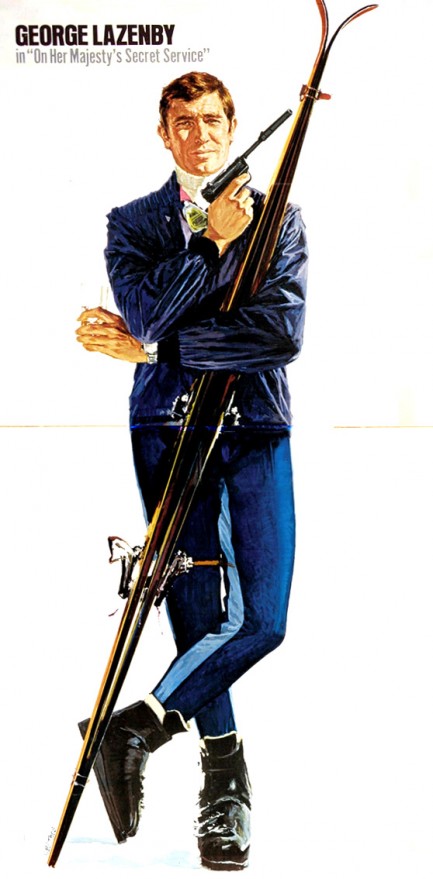
We ran across a rare, Japanese-issued James Bond theme song collection and decided to steal a few photos because inside was this brilliant poster of George Lazenby by Frank McCarthy. Lazenby took over the Bond role for 1969’s On Her Majesty’s Secret Service, in which the character got married only to see his new wife gunned down at film’s end. We’ve been involved in some spirited debates about where Lazenby fits in the Bond pantheon—some of his defenders even say he was the best Bond. We wouldn’t go that far, but he did have one of the best theme songs, Louis Armstrong’s “We Have All the Time in the World,” which opens this compilation. Ironically, Lazenby didn’t have much time—United Artists booted him out of the Bond role the next year when Sean Connery returned to film Diamonds Are Forever. If you haven’t seen On Her Majesty’s Secret Service we recommend it. And you can listen to “We Have All the Time in the World” here.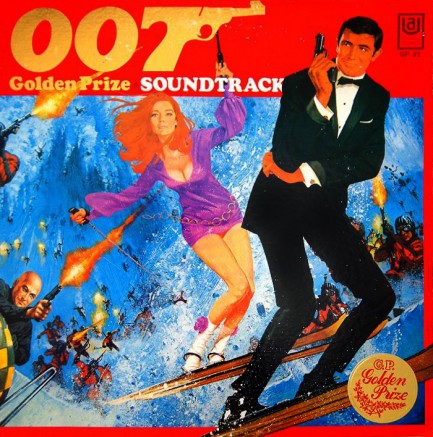
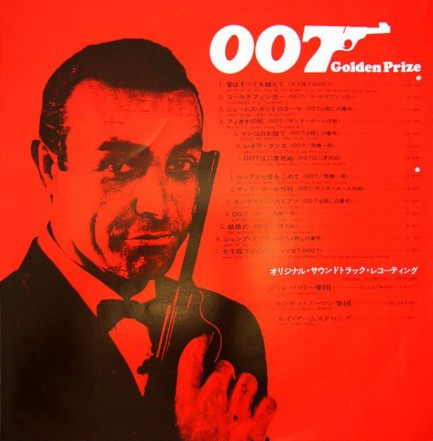

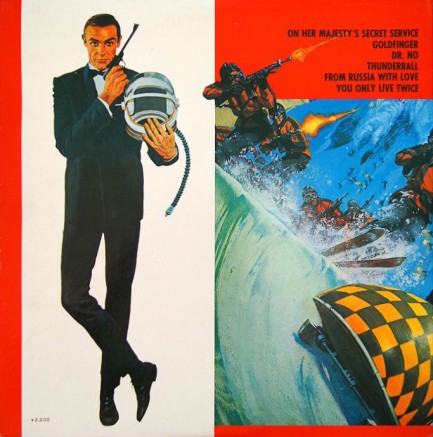
| Musiquarium | Nov 19 2009 |

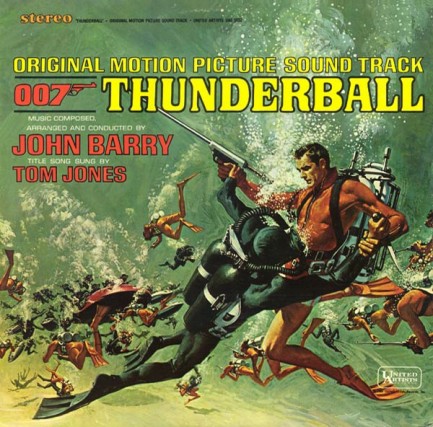
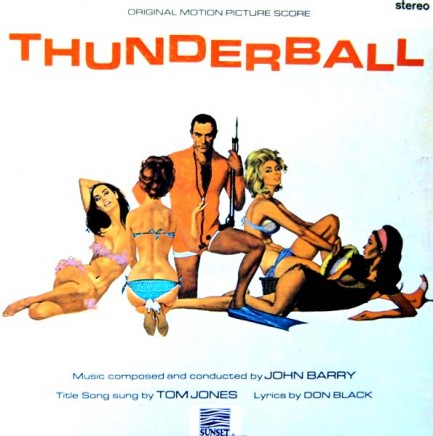
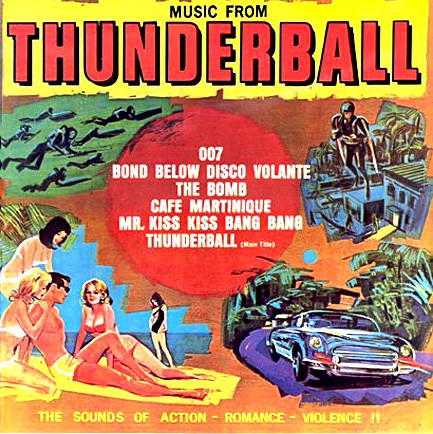
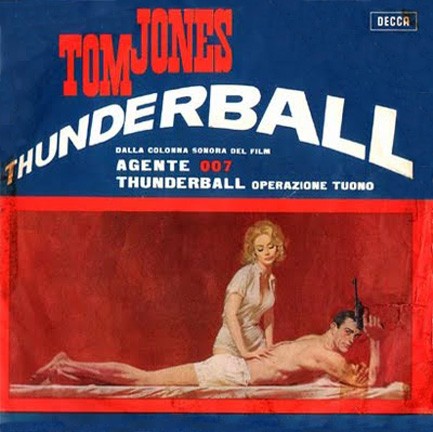
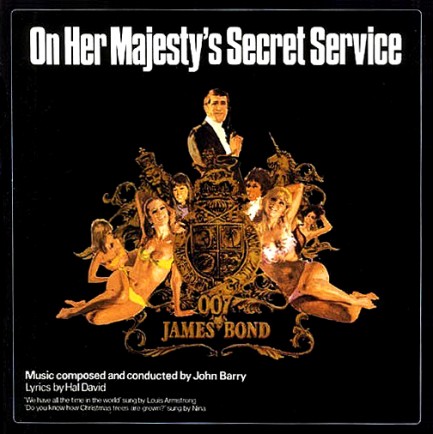

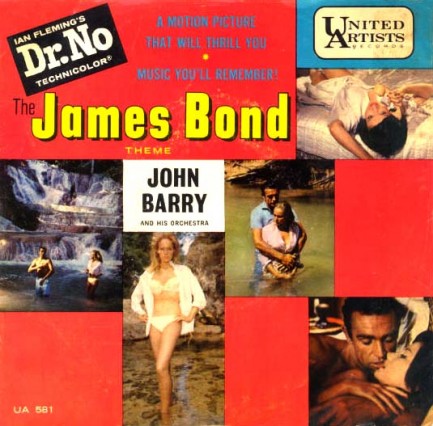
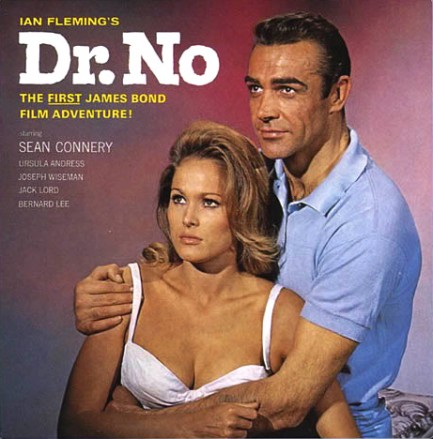
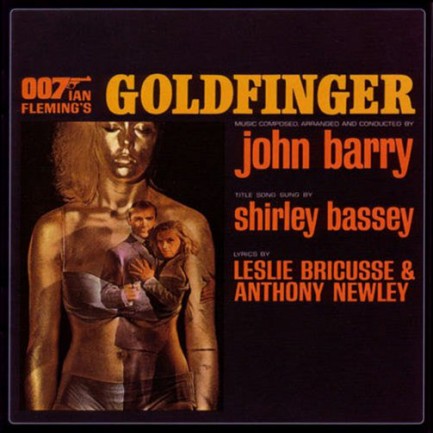
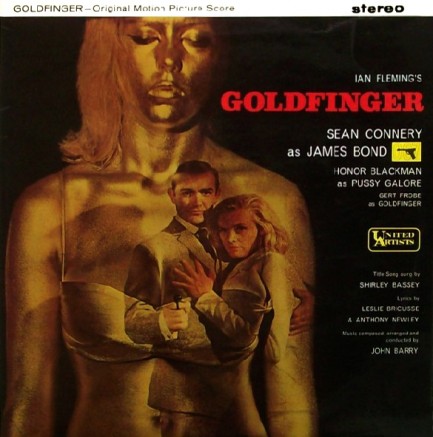
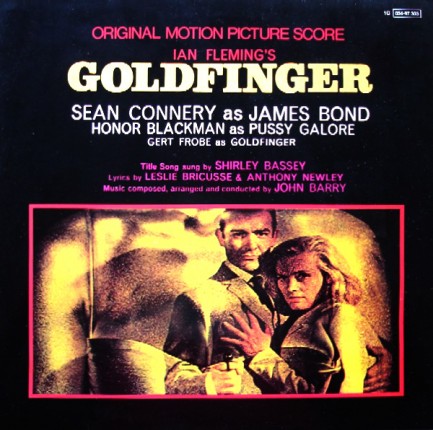
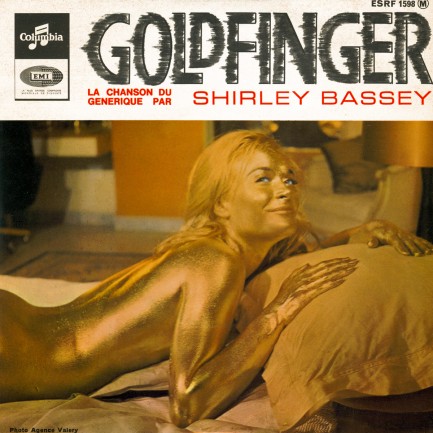
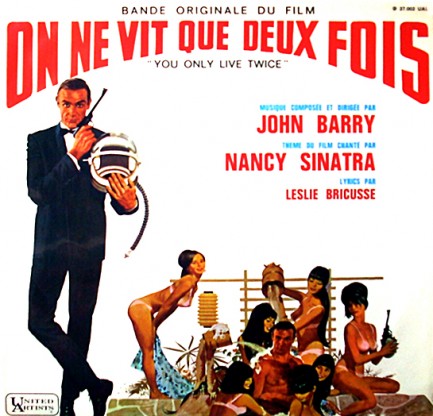
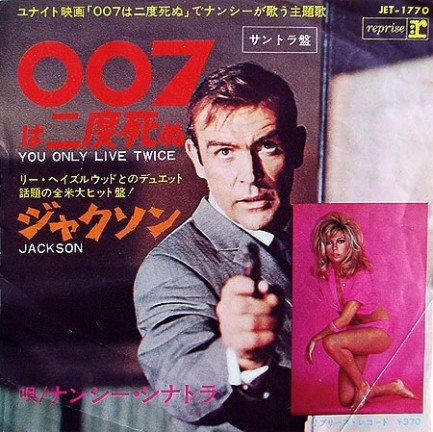
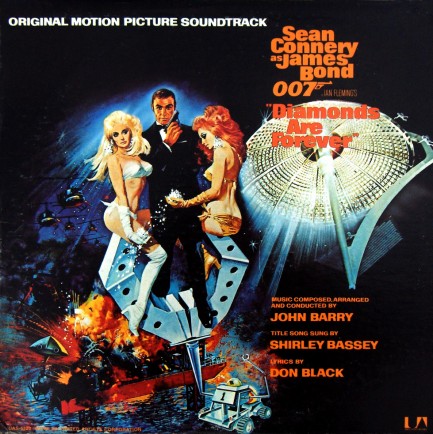
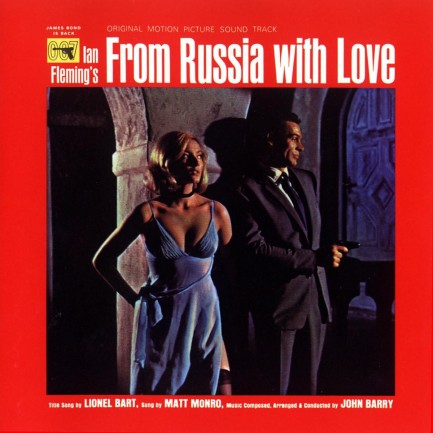
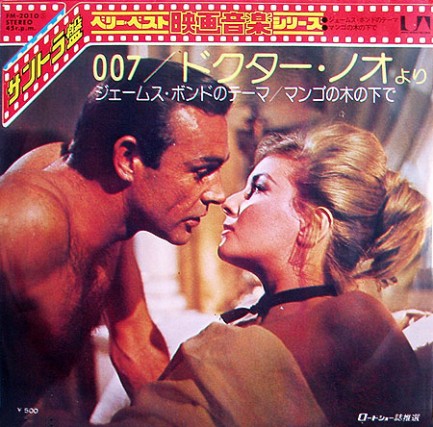

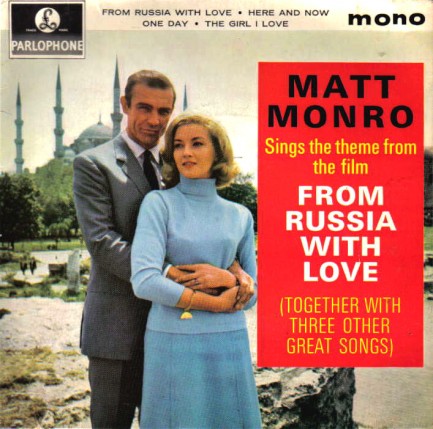
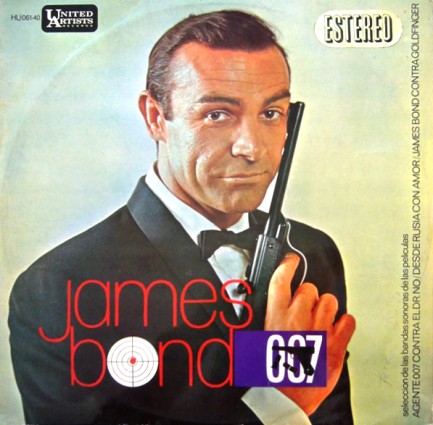
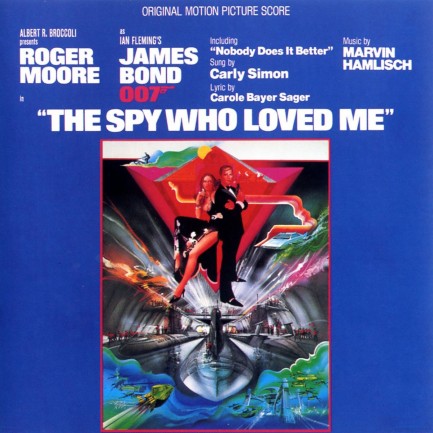
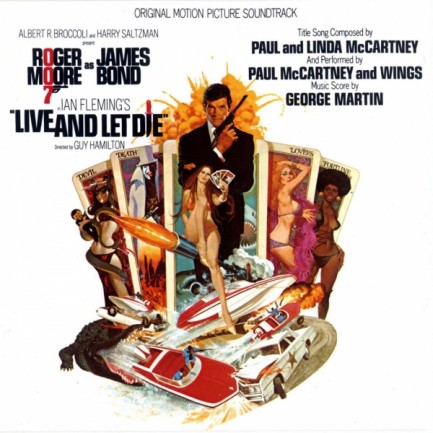
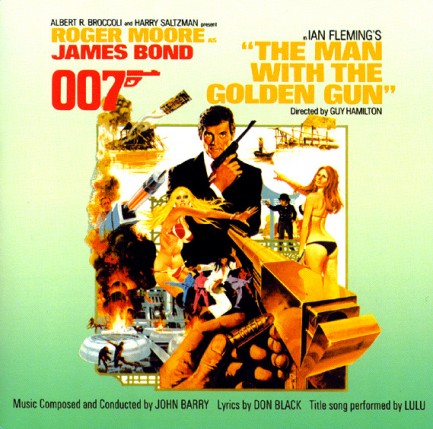
James Bond soundtrack albums and singles, with production art covers, plus paintings by Frank McCarthy, Robert McGinnis and others.




































































